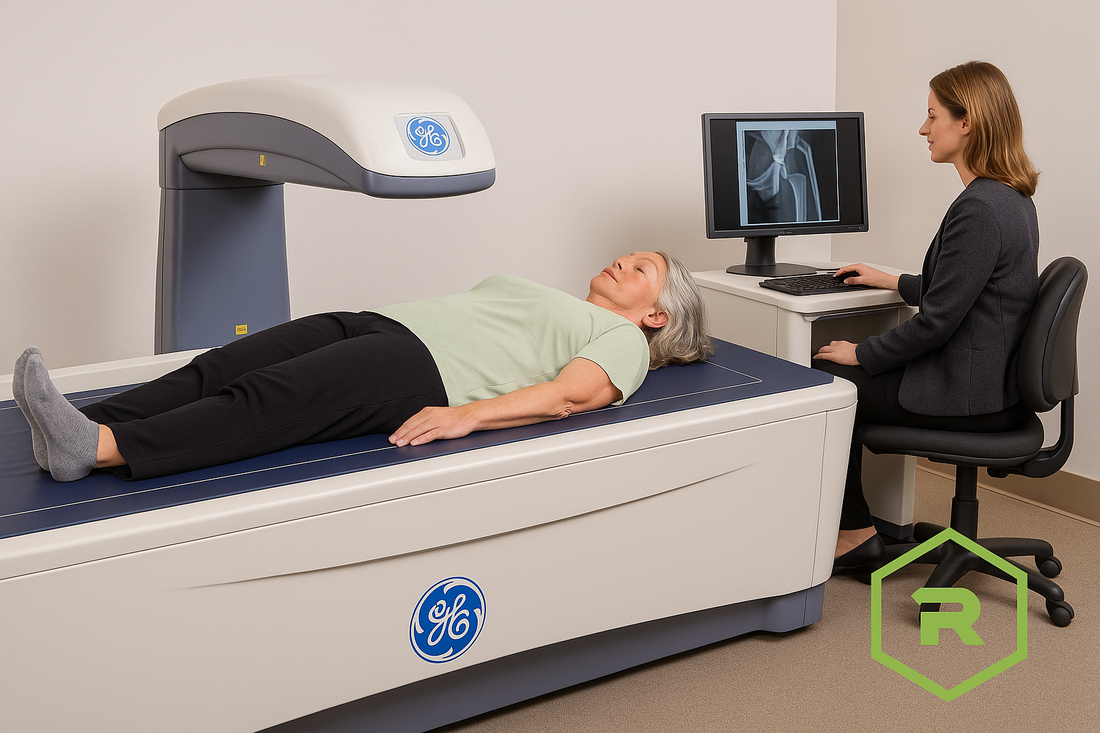
EKG testing is a fast, non-invasive way to assess heart health. Discover why baseline EKGs are critical in outpatient care for prevention and early detection.
The Toxin Genetics Test analyzes key detox genes to reveal how your body handles toxins, heavy metals, and chemicals. Find out how this test guides...

Strong bones depend on more than calcium. Serum lab markers like vitamin D, hormones, and mineral levels provide critical insight into bone health and osteoporosis...

Most clinics offer a basic physical. Revolution Health’s Core Health Assessment delivers far more—advanced labs, DEXA scans, vascular testing, and early detection strategies that help...

DEXA is the gold standard for assessing bone density and diagnosing osteoporosis. This guide explains how it works, what results mean, and how it helps...

Deoxypyridinoline (DPD) is a key marker of bone resorption. Measuring it helps detect early bone loss, assess osteoporosis risk, and guide effective treatment...